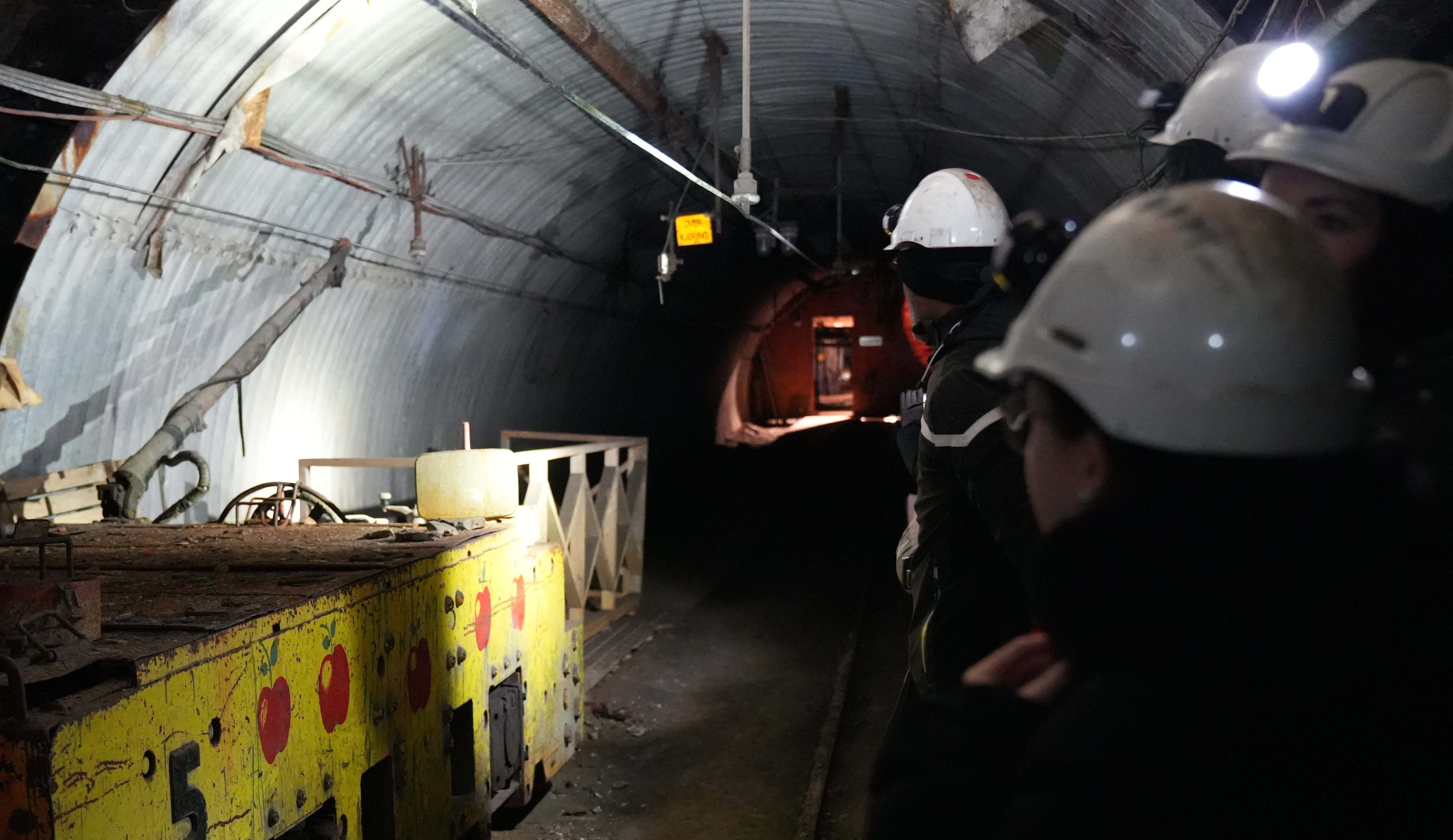When you enter Mine 3 in Spitsbergen, Svalbard, you feel a sense of nostalgia—a reflection on the past and the immense efforts undertaken to extract coal from the earth. The scale of investment in building a mine compared to the relatively small amount of coal extracted feels almost absurd: How did they make this system work? Why did we invest so much into gaining so little? These questions are not just relevant to the past but resonate strongly with the challenges of resource inefficiency we are facing currently.
Today, industries are investing huge amounts of water, materials, time, and workforce into manufacturing components and products. However, much like the coal mines of the past, the return on these investments is quite questionable. Many of these products have short life cycles, ending up in landfills even before being used.
This linear model of consumption—where resources are extracted, transformed into products, used, and then discarded—represents an unsustainable approach that threatens both environmental stability and economic efficiency. A shift in perspective is needed.
Revaluing materials and extending their usability through multiple life cycles is not only the way of the future, but should be the way of today. Instead of treating products as disposable, we at EME see a reality where materials can be repurposed, refurbished, or resold to second and third users. This model not only reduces waste but also creates a circular revenue stream, making production more economically viable.
Furthermore, adopting sustainable practices benefits not just businesses but also consumers. Including second hand materials, like used hardwood doors into a new building gives it character. While being completely safe for usage, reclaimed materials often carry the marks of their past, whether it’s the rich patina of old wood, the subtle wear on vintage bricks, or the distinctive hardware of antique doors. These imperfections tell a story, adding depth and uniqueness to a new space that mass-produced materials simply can’t replicate.
This principle of reuse and adaptation applies on a larger scale as well, particularly in communities, organizations and systems undergoing transformation. Just as materials can find renewed purpose, entire industries can shift towards more sustainable futures, leveraging their past while embracing innovation.
For Svalbard, the shift from coal to diesel as the primary fuel source, and from mining to tourism as the main industry, did not occur overnight. The transition required vision, investment, and a willingness to redefine priorities. This change demonstrates that adaptation and resilience are key to long-term success in an evolving world.
At EME, we aim to lead the change from wasteful linear production methods to circular models where resources are valued and travel from first customer to second and even third customers. While our platform provides the means for unwanted materials to find new purposes, we are also shaping a new business norm—one where value is created not by extracting more, but by reimagining what we already have.
Together with our clients we see opportunities everywhere and we want to challenge everyone reading this post to go beyond the obvious—to rethink waste, unlock hidden potential, and drive a future where sustainability and profitability go hand in hand. The question isn’t what more can we take?—it’s how much more can we do with what we have?
